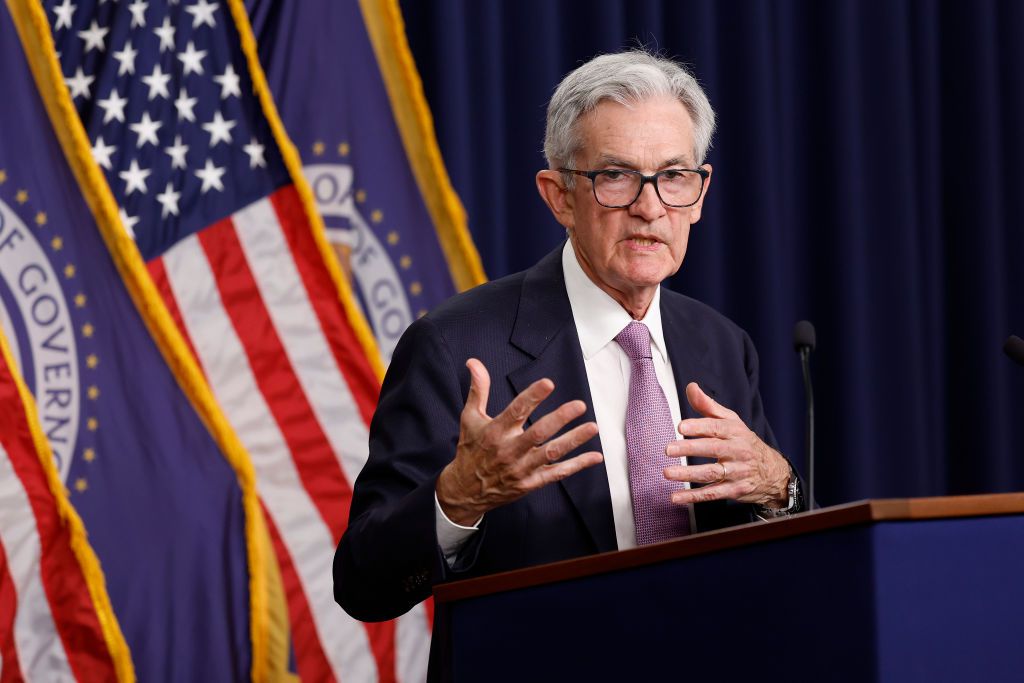Home / Business and Economy / Fed Signals End of Quantitative Tightening Amid Liquidity Concerns
Fed Signals End of Quantitative Tightening Amid Liquidity Concerns
28 Oct
Summary
- Analysts expect Fed to cut rates again, but unsure of future path
- Shutdown's impact on data complicates Fed's decision-making
- Potential for dissent from hawkish Fed officials on rate cuts

As of October 29th, 2025, the Federal Reserve is anticipated to cut interest rates once more, following its previous reduction in September. However, the central bank's outlook on the economy's future is the primary focus, as the ongoing government shutdown has obscured the data landscape.
When the Fed last convened in mid-September, the job market was showing some cracks, and inflation was rising slightly but within reason. While the overall picture hasn't changed drastically, the shutdown's impact on growth has become a significant concern, with a lack of government data making the economic conditions trickier to assess.
The Fed is expected to signal the end of its quantitative tightening (QT) program, which has gradually been removing excess money from the financial system. This move would be a prudent step to ensure ample bank reserves and prevent spikes in short-term interest rates, as liquidity conditions have tightened. However, the timing of this decision, potentially as early as December, remains uncertain.
Furthermore, the Fed's policy path beyond the upcoming rate cut is not guaranteed, as the central bank's officials are divided on the appropriate course of action. Some policymakers are wary of aggressive rate cuts, citing higher-than-desired inflation, while others, such as Fed Governor Stephen Miran, advocate for more substantial reductions.
As the Fed navigates these complex economic conditions, the potential for dissent within the central bank's ranks adds an additional layer of uncertainty to its future decisions. Investors and analysts will closely monitor the Fed's statement and Chair Jerome Powell's press conference for insights into the central bank's strategy and the factors shaping its policy deliberations.



